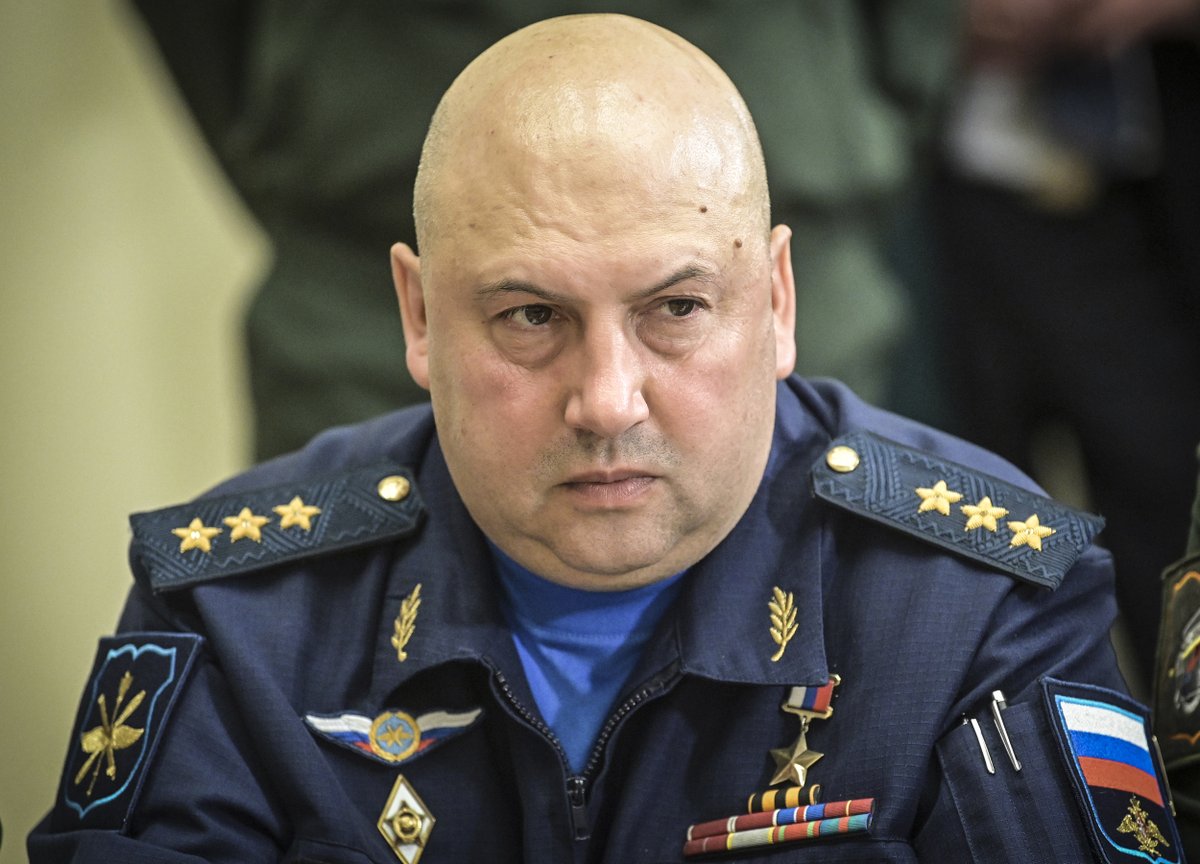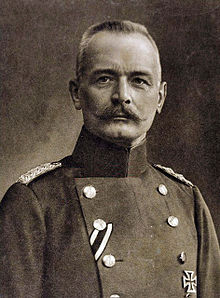Where might Russia commit forces on an offensive? Let's do a quick parsing of the situation and examine the possibilities.
(1/N)
(1/N)

Right now, the contact line is some 700 kilometers stretching from the Dnieper estuary in the south to northern Lugansk oblast. Troop concentrations and active combat are broadly present on four major axes. (Maps by me).
(2/N)
(2/N)

The Svatove axis is where Ukraine's Kharkov counteroffensive was stonewalled after crossing the Oskil river and struggling to break Lyman in a timely manner. Ukrainian efforts to continue the advance have been repeatedly defeated. (3/N)
The Bakhmut axis has been the subject of most attention lately, but there is a paucity of Russian regular forces in this direction. Most of the work here is being achieved by the Wagner PMC and LNR forces, assisted by VDV. (4/N)
Most of the Russian army forces currently committed in Ukraine are currently on the Svatove and Zaporozhia axes in a defensive stance. Contrary to the impression given by western sources, the regular Russian Army has not been engaged in widespread attacking activity lately. (5/N)
Much of Russia's combat power is currently uncommitted, and will be used to renew offensive operations in the coming weeks and months. The question is when and where. (6/N)
There remains a distinct possibility that there will be no "Big Arrow" offensive, and instead we will see lots of "small arrow" attacks with Russia going over to the offensive on all the existing Axes. This would mean forward progress, but no major new fronts being opened. (7/N)
Let's contemplate big arrow scenarios. There are four broad possibilities, so let's consider them in turn. The first (1) is for an operation aimed southward on the west bank of the Oskil river. This is one that I find appealing. (8/N) 

This would target the Kupyansk-Izyum corridor, and has two major advantages. First, it would collapse and potentially encircle Ukraine's force grouping on the Svatove axis. Secondly, the capture of Izyum (along with Bakhmut) makes Slavyansk essentially indefensible. (9/N) 

The second option (2) is a mixed solution which would repeat Russia's thrust towards Sumy at the beginning of the war. This is less mutually supportive of the existing axes, but has the advantage of pressuring Kiev directly and forcing massive internal redeployment. (10/N)
Then we have the Zaporozhia option (3) which would push north, aiming to clear the east bank of the Dnieper. The draw here is the ability to interdict Ukraine's lines of communication. (11/N) 

Ideally, any offensive from the south would reach Pavlograd. This is the major city on the highway between Dnipro and Donetsk. Capturing or screening Pavlograd would wreck Ukraine's logistics on the Donetsk axis. (12/N)
Finally, we have the nuclear option, number 4: the west bank offensive from Belarus. We've seen a huge amount of material flowing into Belarus recently, which has lent credence to this theory. This is the high risk-high reward option. (13/N)
A Belarusian offensive would presumably target Zhytomyr and Vinnytsia, rather than Kiev. The obvious benefit of such a gambit is the potential to entirely interdict the flow of weapons from Ukraine's NATO partners, which must traverse the entirety of Ukraine. (14/N)
Of course, an operation on the west bank of the Dnieper would be an independent axis, not supportive of other fronts and complicating Russia's sustainment problems. (15/N)
It's possible that we see some combination of these. Ultimately, Russia has a very very long border to play with (courtesy of Uncle Sasha and Belarus), and a significant share of their combat power uncommitted. They are spoiled for choice. (16/N)
I am personally an advocate of the Oskil option, pushing forces directly south from Belgorod towards Izyum. However, the amount of material that has been seen flowing into Belarus leaves me unable to rule anything out at this point. (17/N)
One thing is certain: Russia is going to win this war.
• • •
Missing some Tweet in this thread? You can try to
force a refresh













